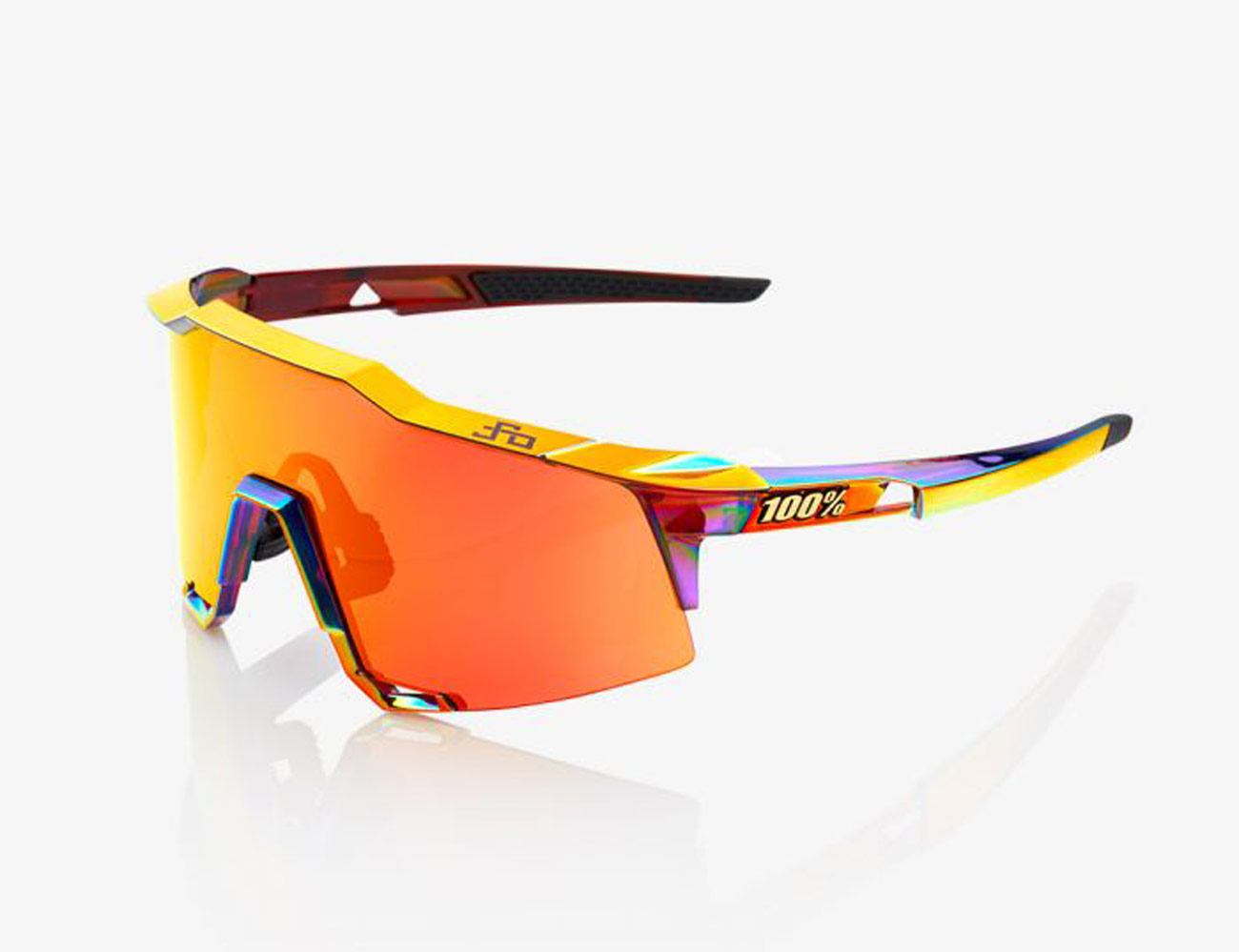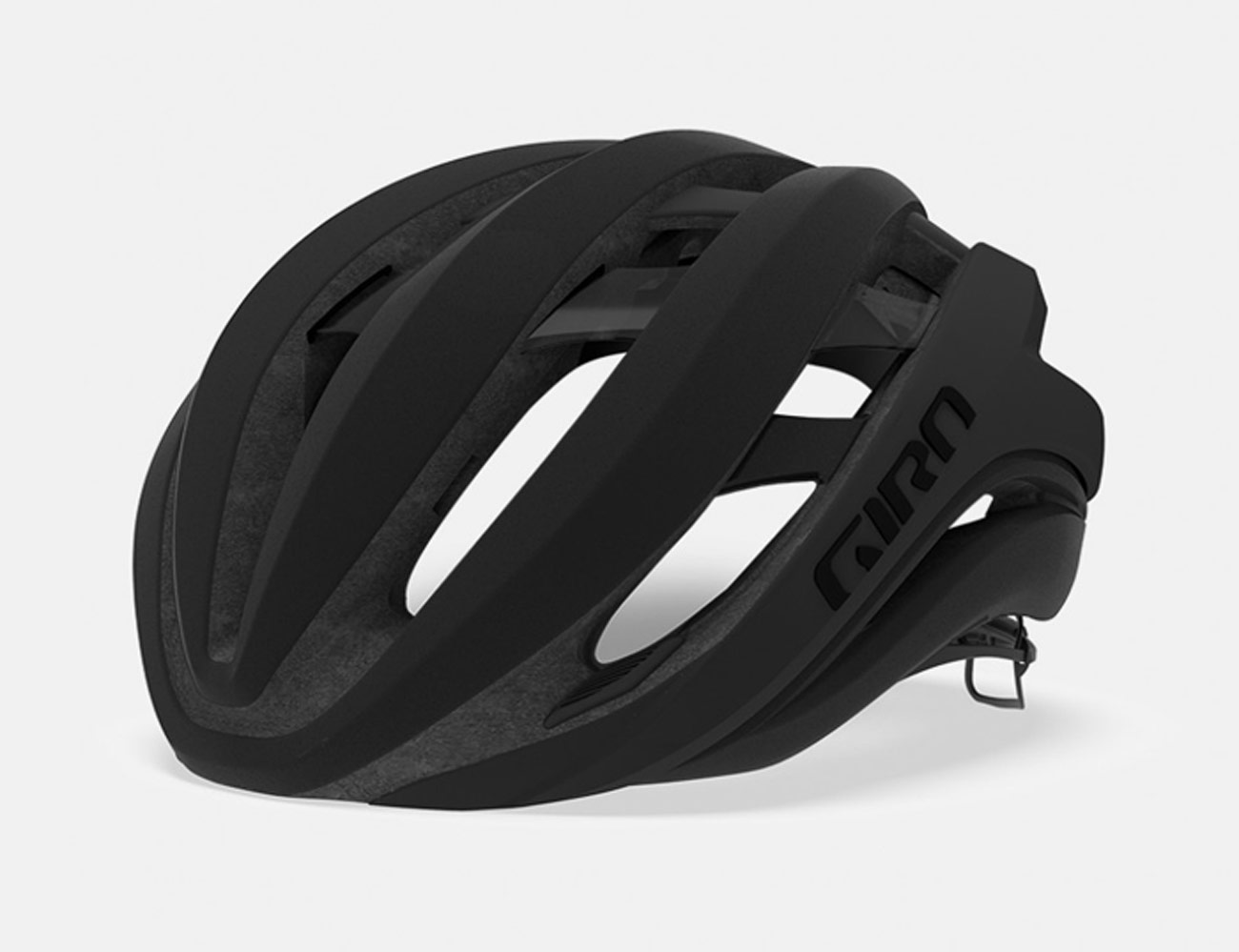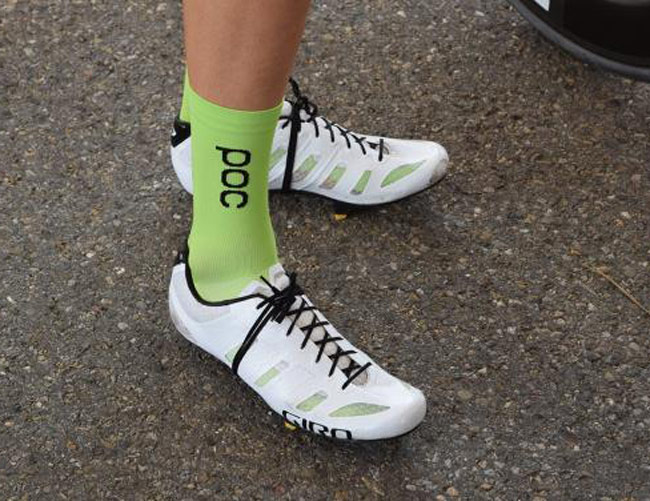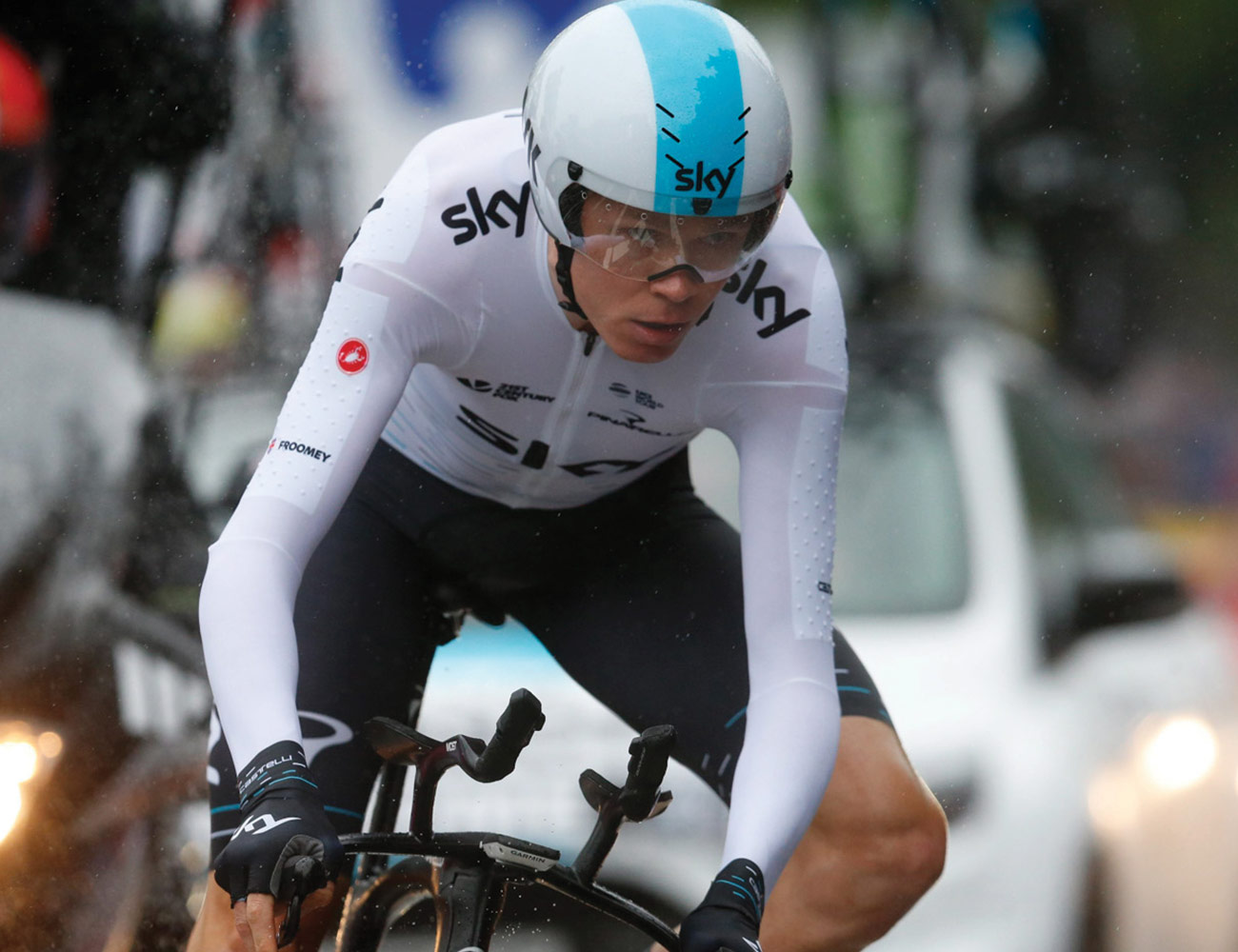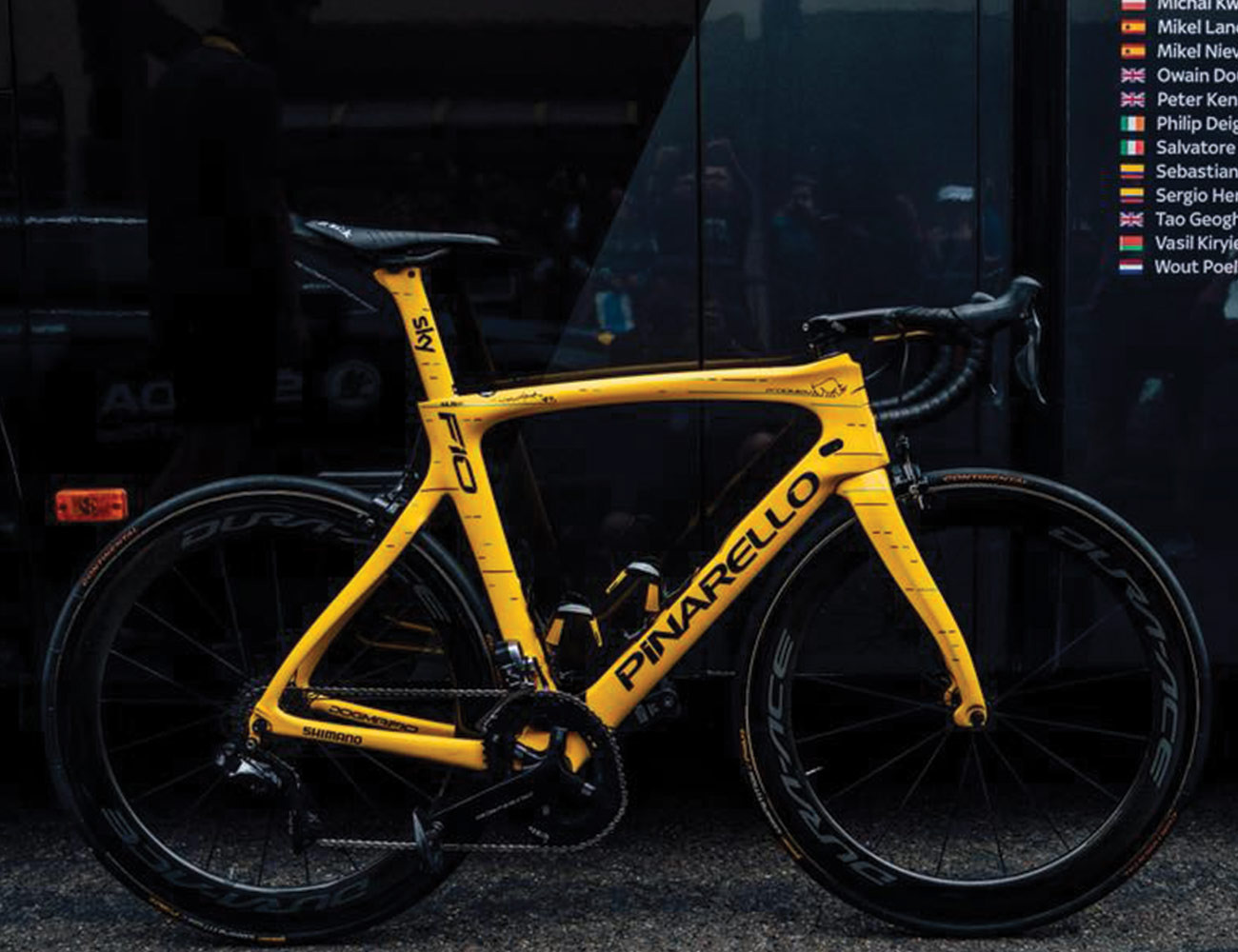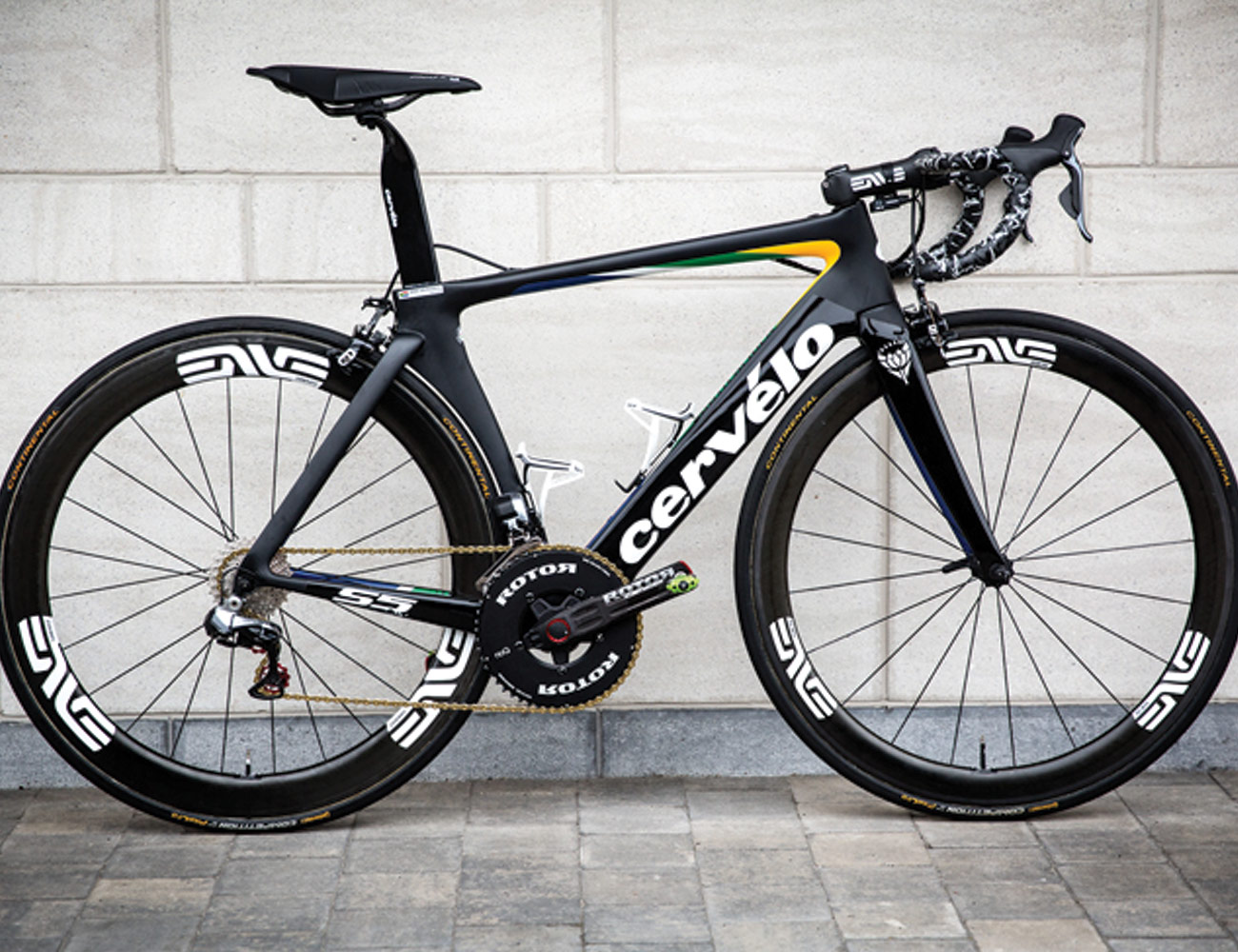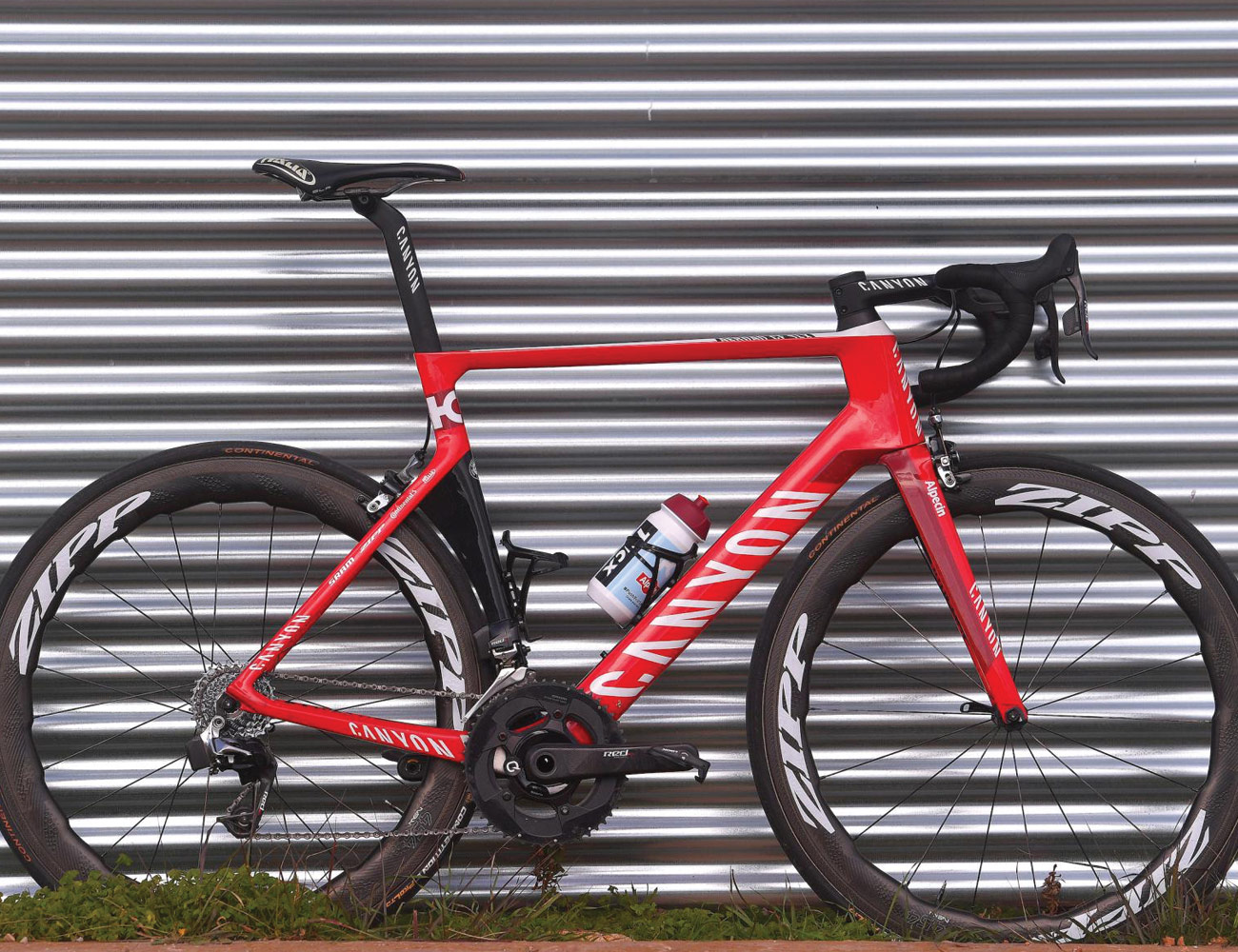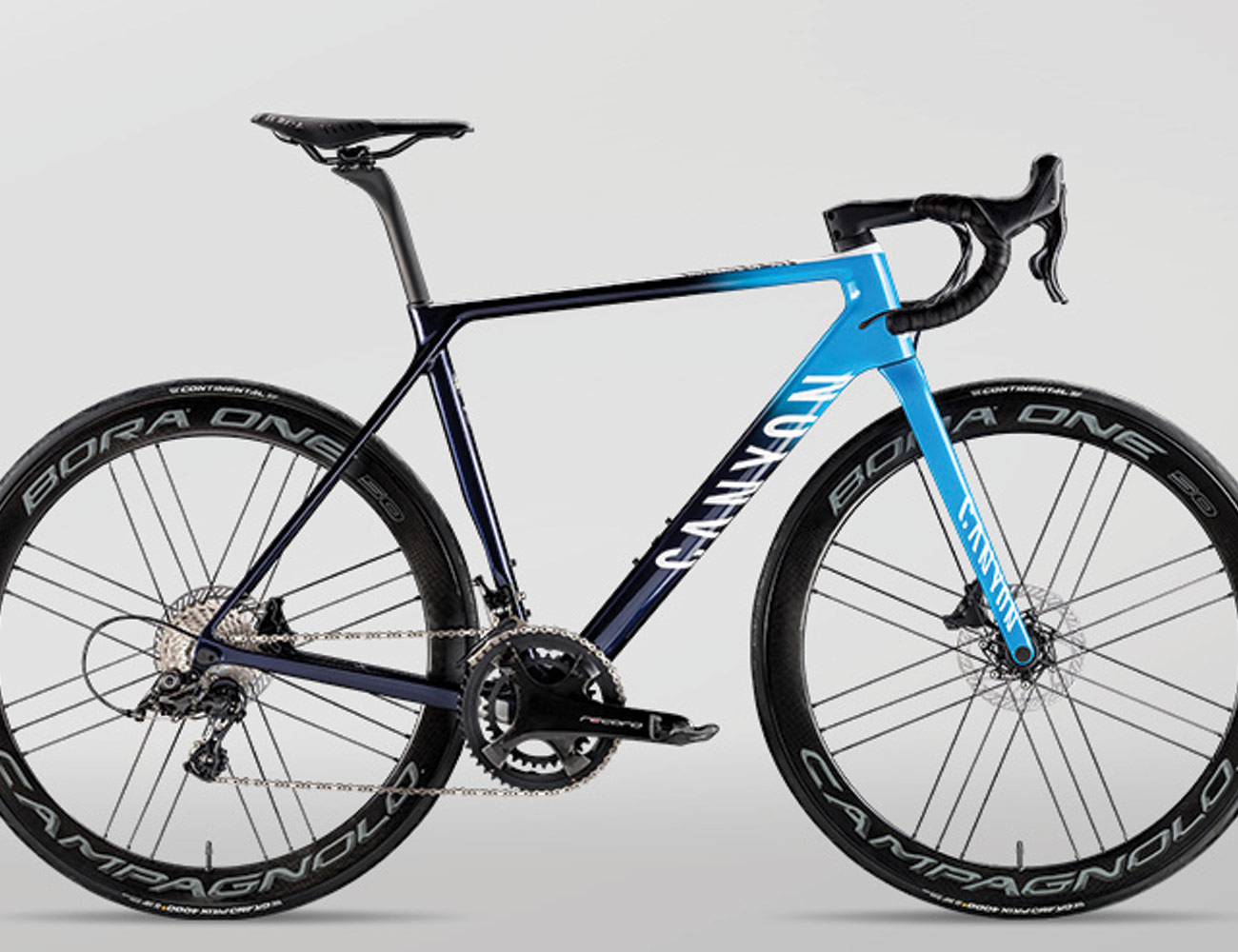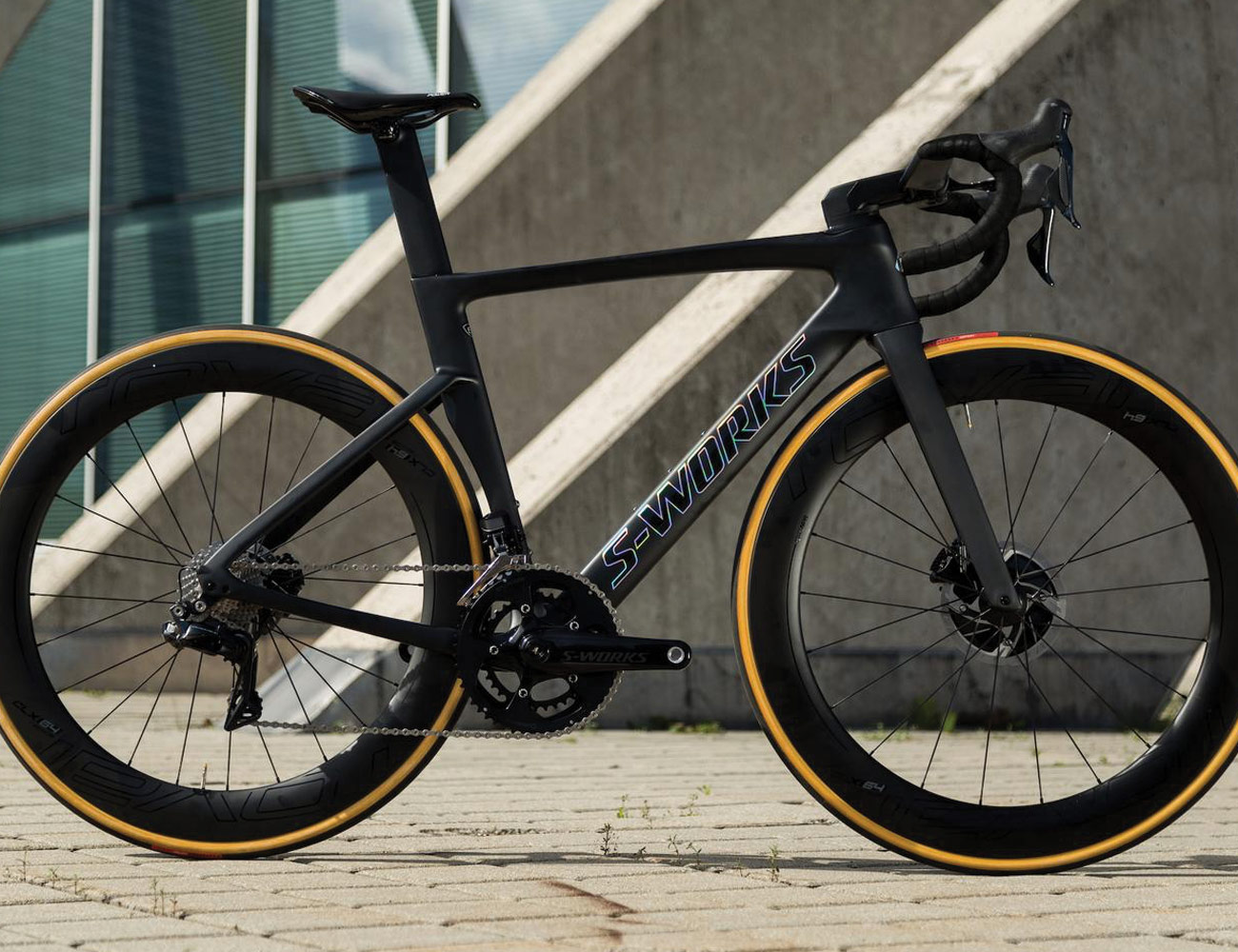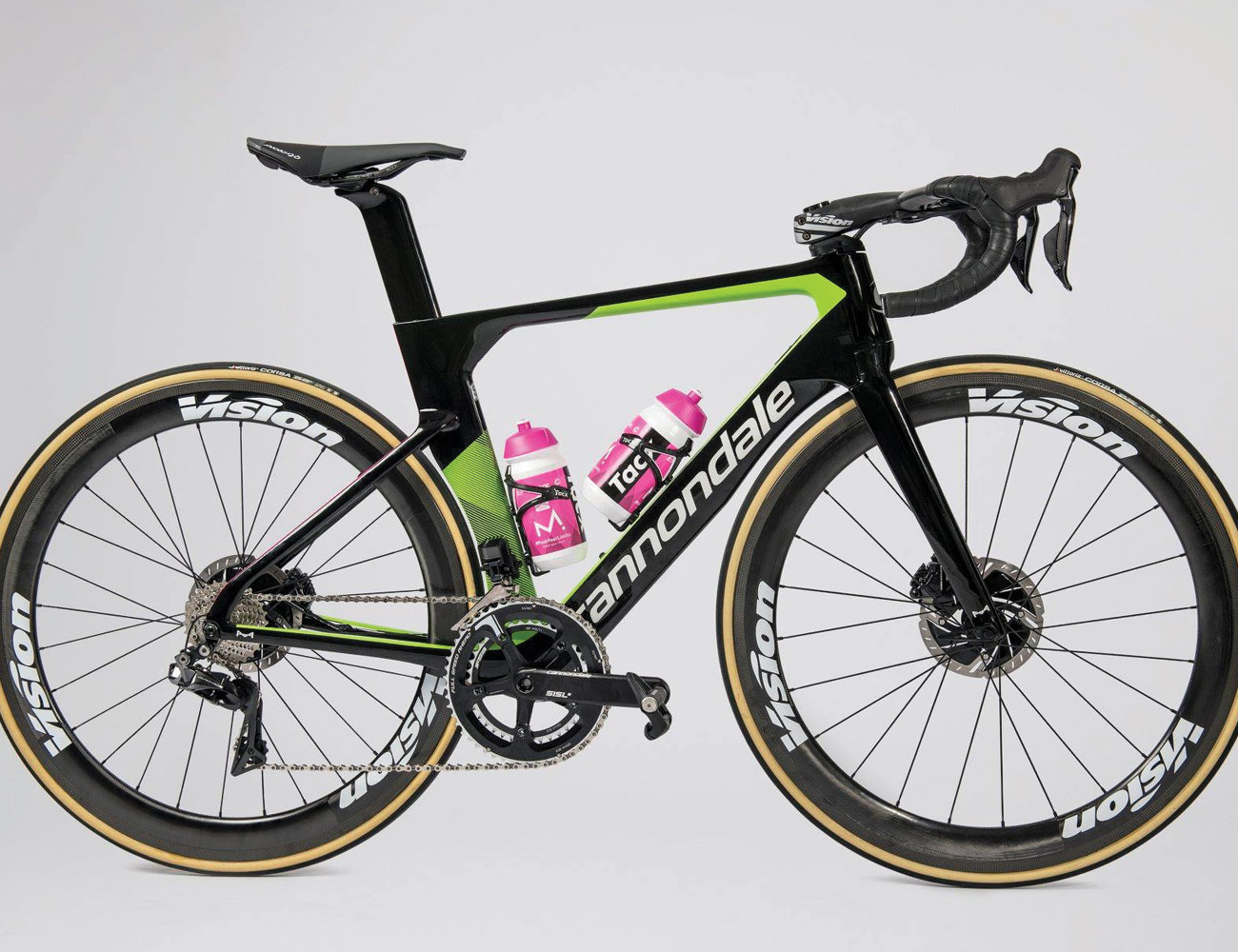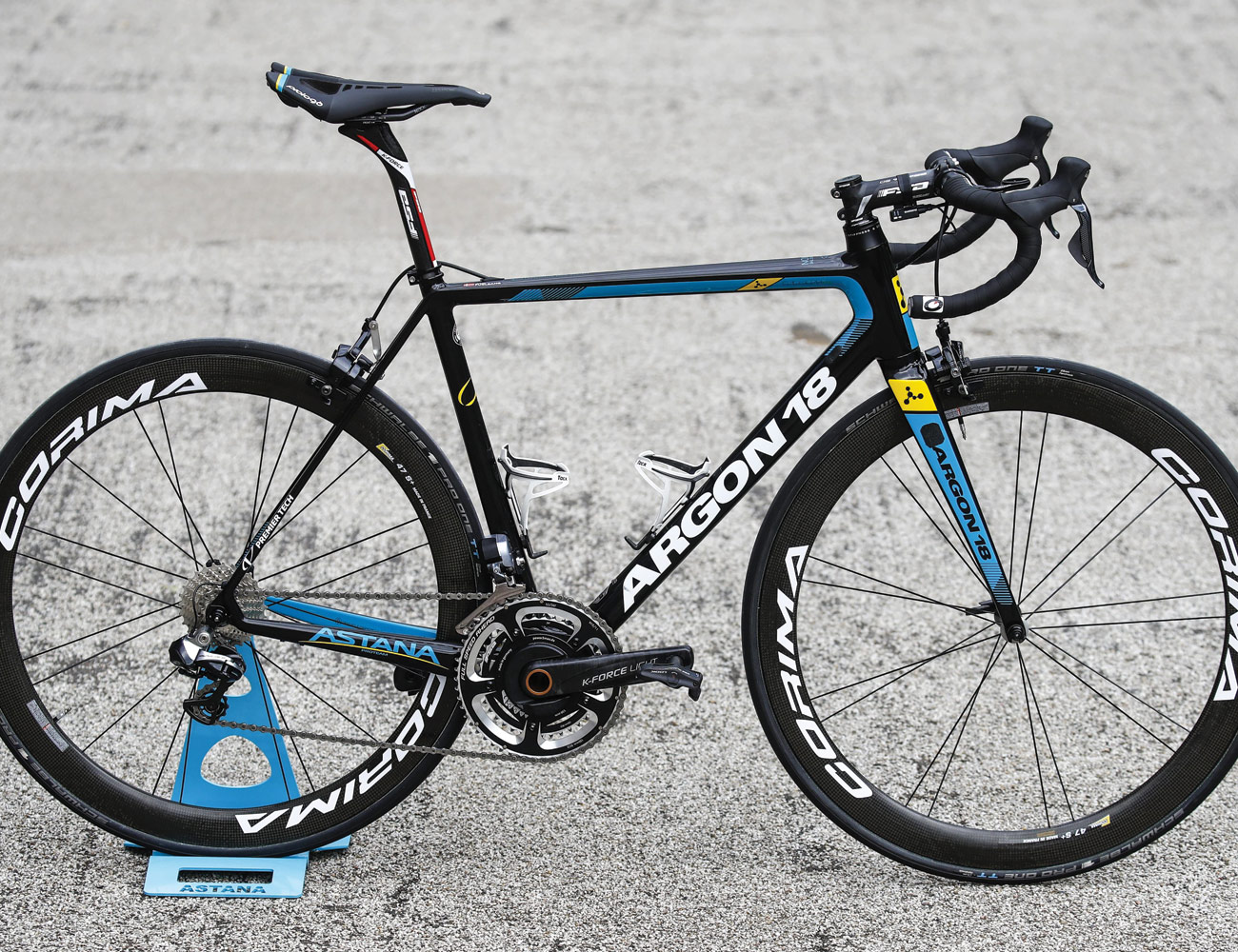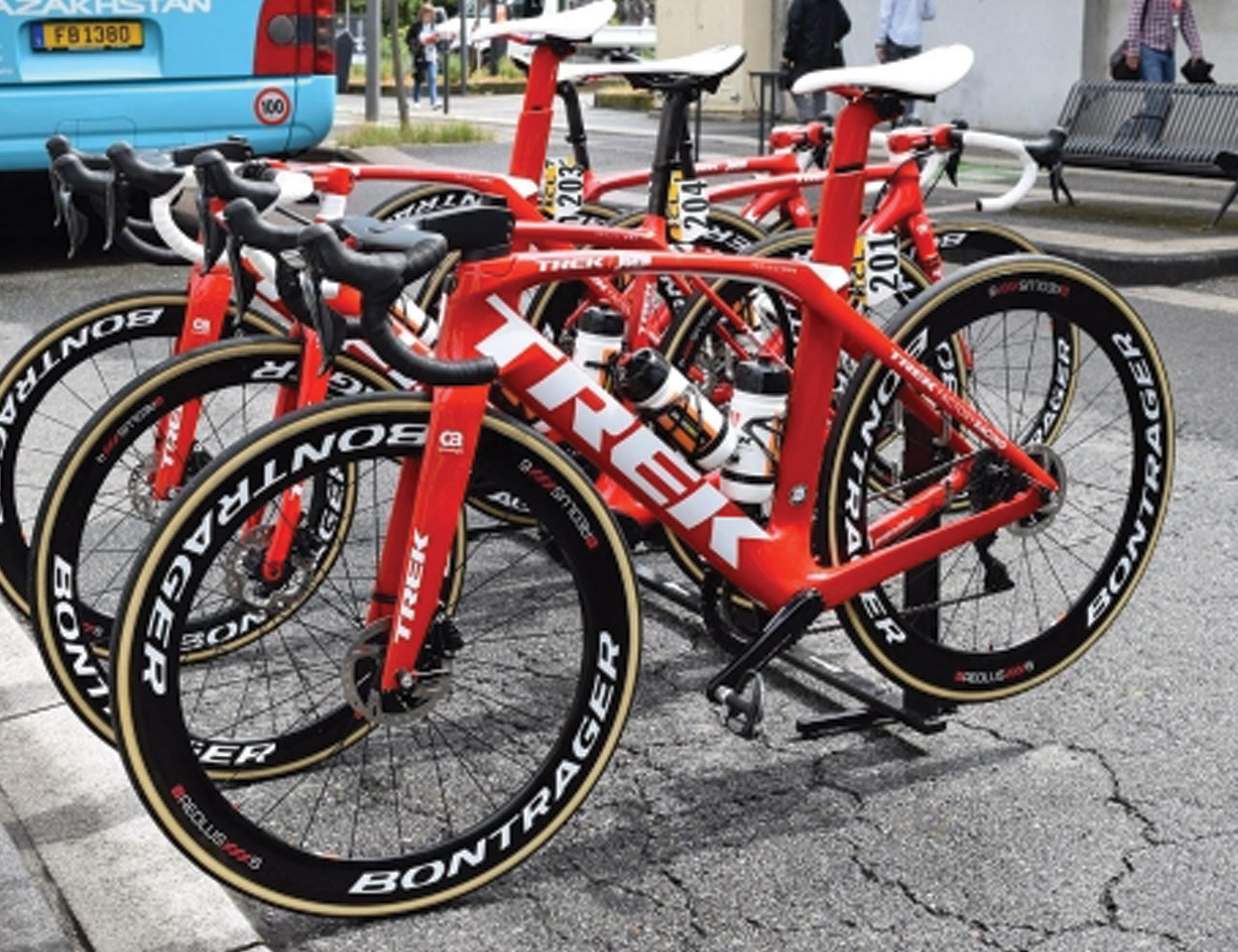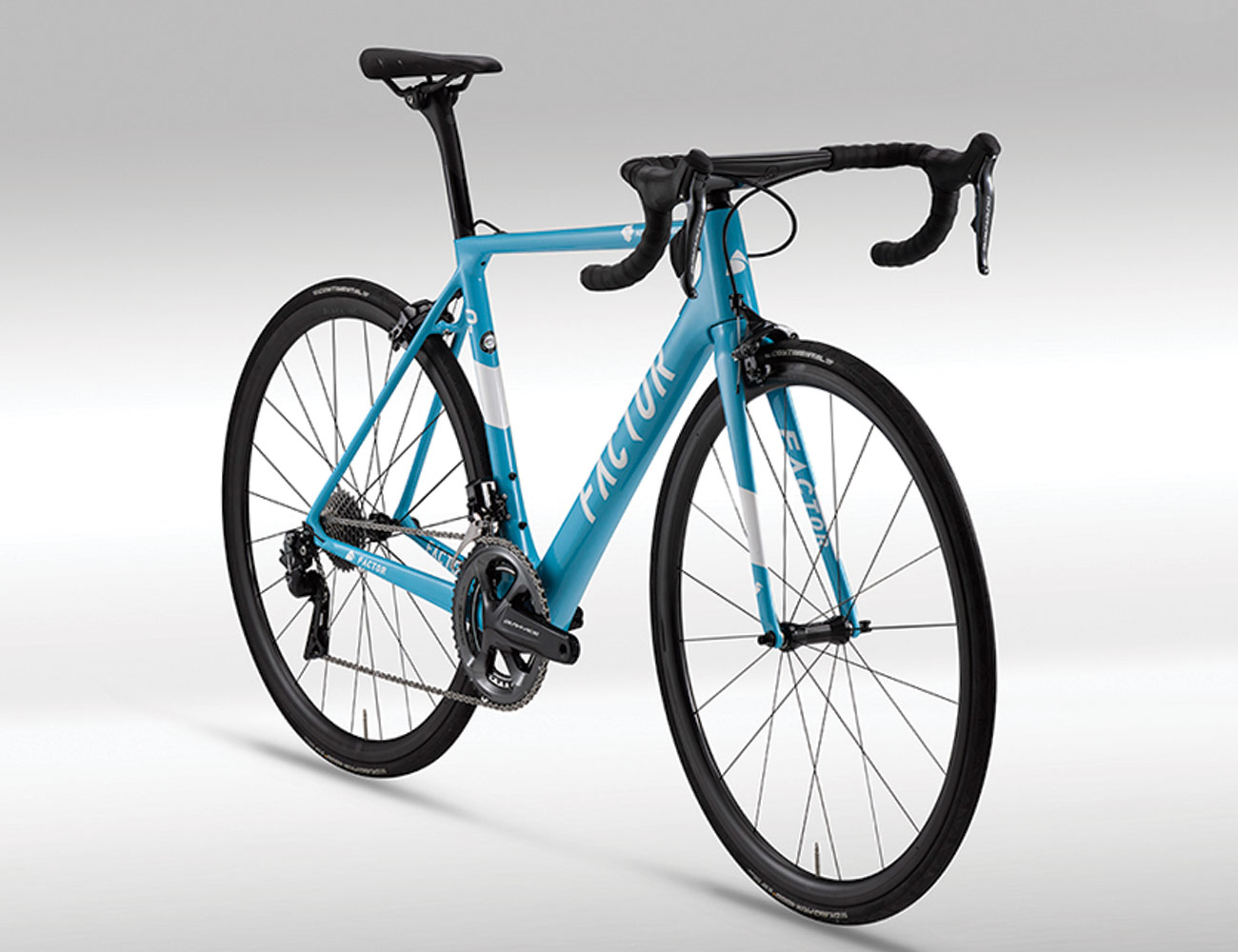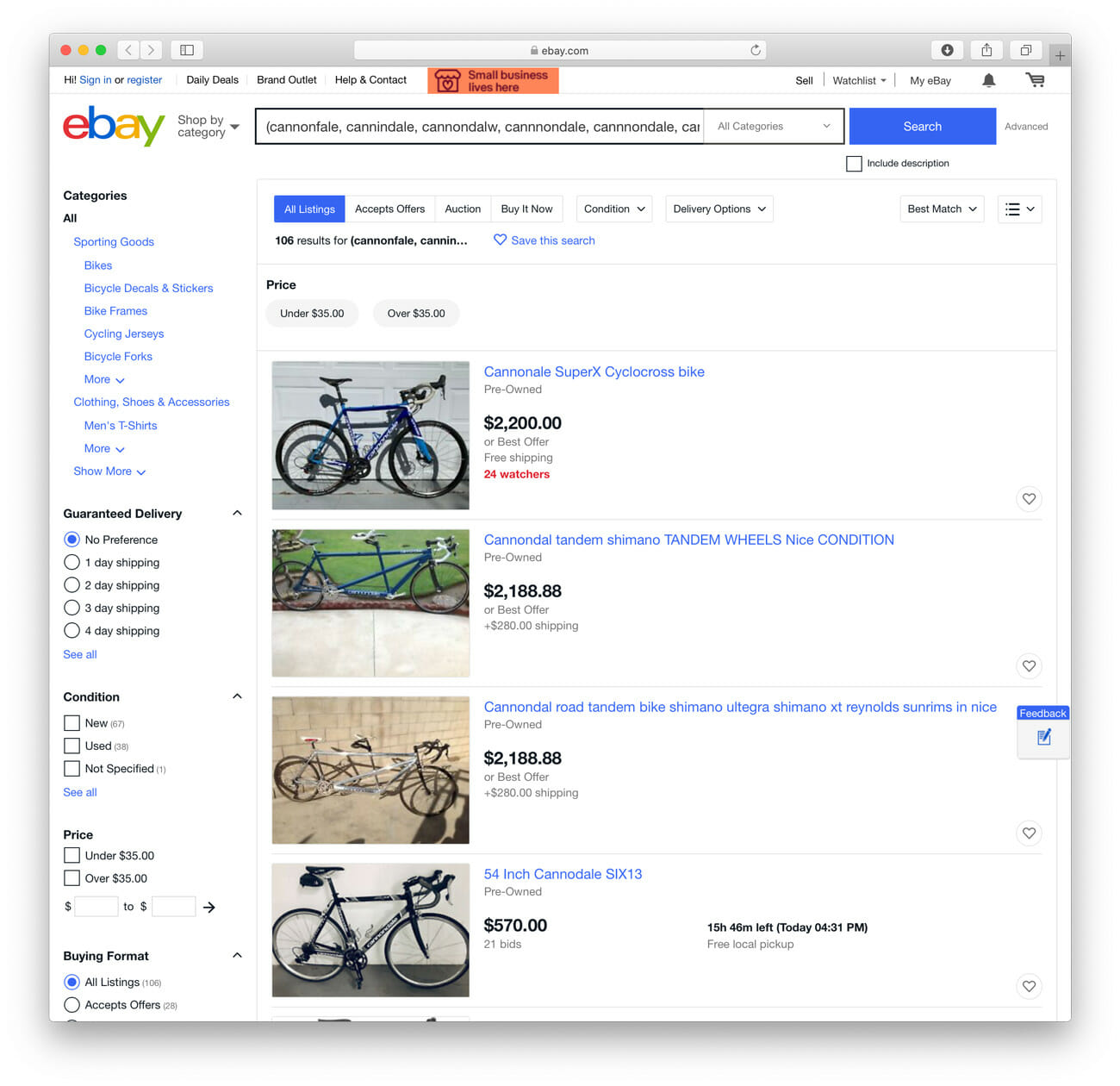The Tour de France is the biggest, and most important, cycling race in the world. It’s also the second-most-watched live sporting event in the world (next to the FIFA World Cup). The race began in 1903 as a way to boost the circulation of an ailing French newspaper and has grown to include twenty-one stages and 2,069 miles of racing — including 50mph sprints, steep climbs in the Alps and the bone-shaking cobblestones paving the roads of Northern France. The overall winner will wear the yellow jersey into Paris and be crowned the most accomplished cyclist in the world.
Quick Facts
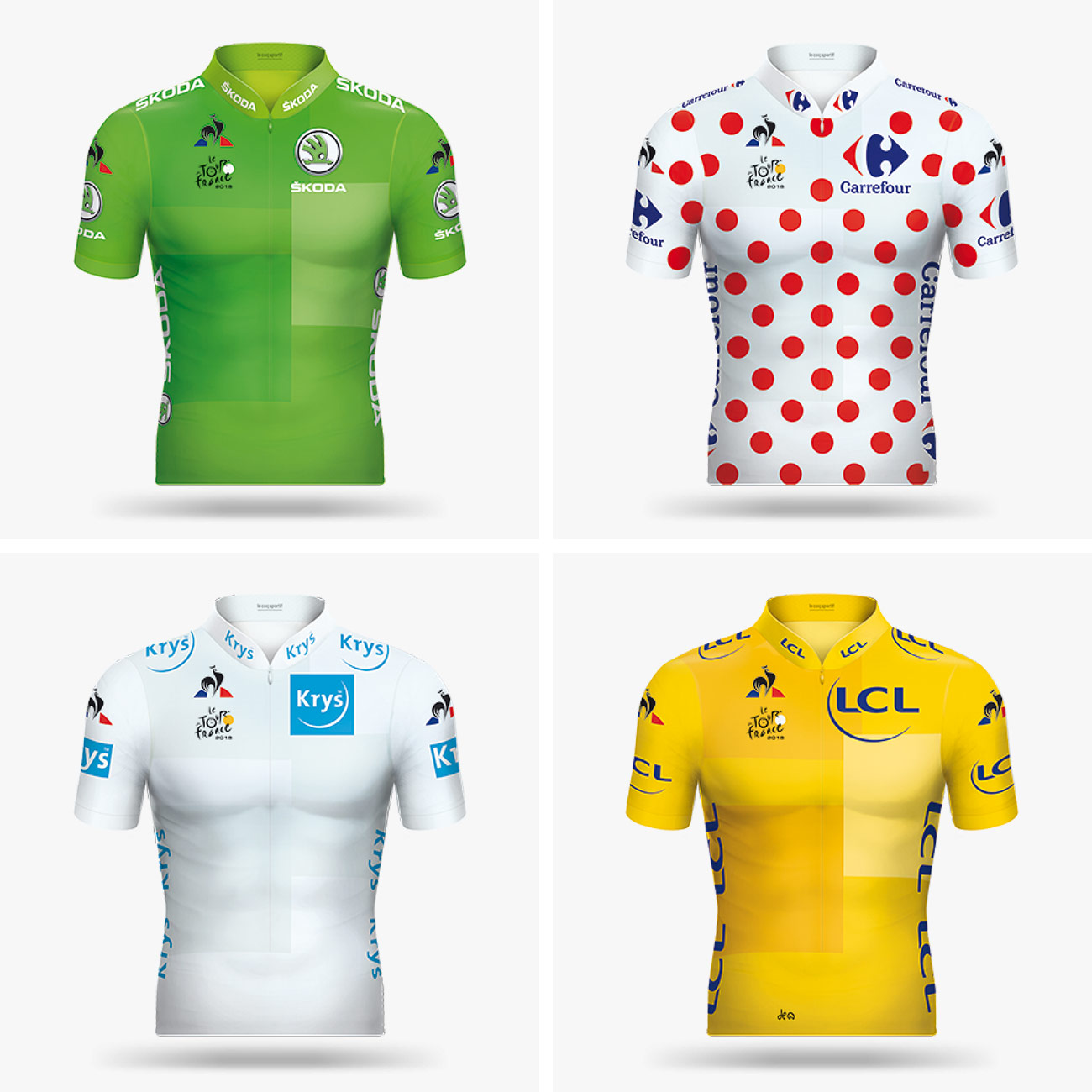
The famed yellow jersey, or Maillot Jaune, is awarded to the rider with the fastest overall time on the General Classification (GC), including time bonuses awarded to the top finishers on each stage. Alongside the Maillot Jaune, riders can win several other jerseys throughout the race.
The green jersey is awarded to the rider who accrues the most sprint points. These points are earned by winning stages and intermediate “hot spot sprints” along the route. The winner is normally a well-rounded rider who can get into breakaways to sweep up mid-race points — not necessarily the fastest bunch sprinter.
The polka dot jersey, also known as the King of the Mountains jersey is awarded to the rider who accrues the most points by crossing the top of mountain passes first. Mountains are graded according to their difficulty, with the hardest being Hors Catégorie, or “beyond classification.”
There is also a white jersey for the fastest rider under 25. These are the guys who are being groomed to contest for the biggest prize in cycling in years to come.
The team classification rewards the team with the lowest combined overall time with yellow race numbers. They may also wear yellow helmets.
Riders to Keep an Eye On
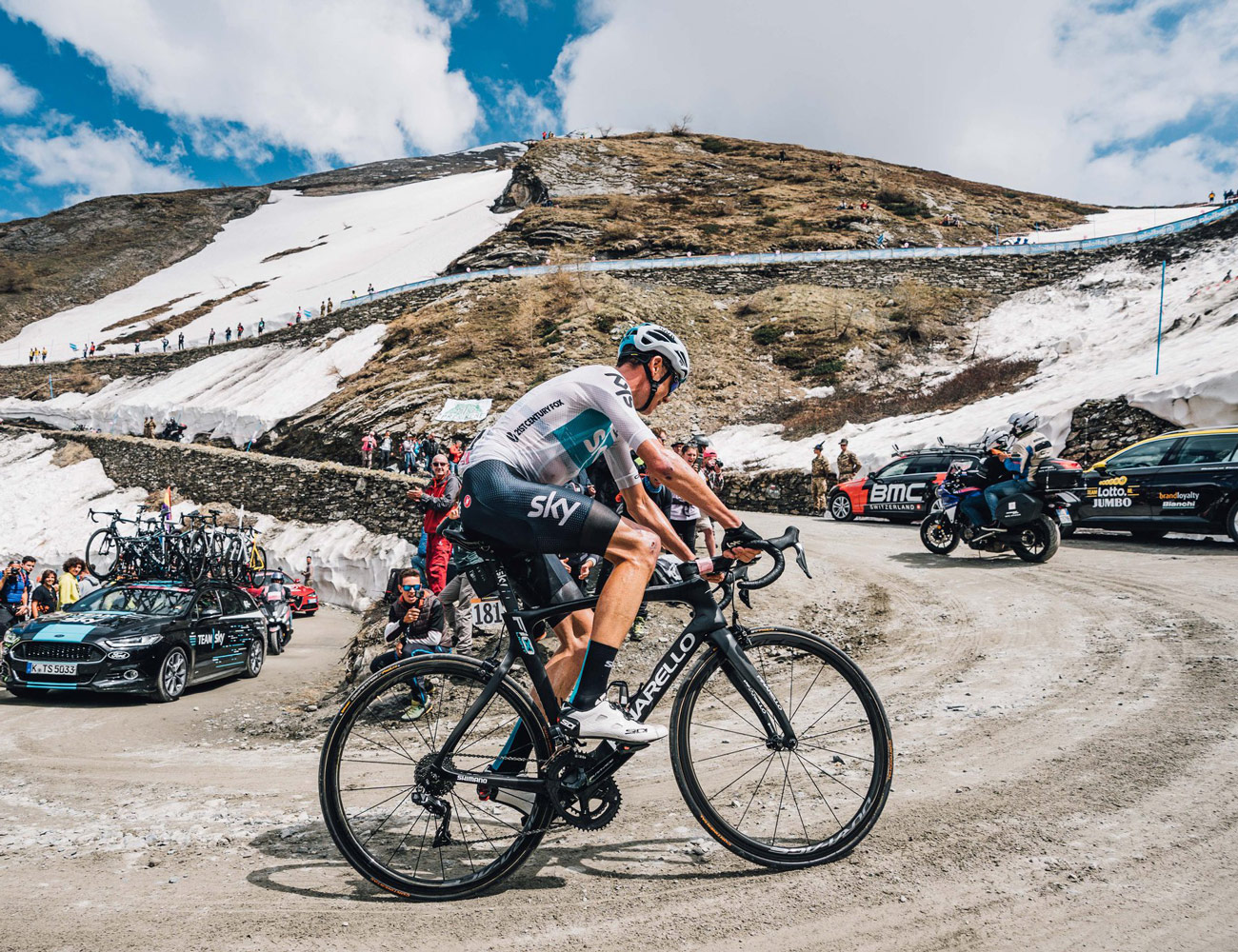
Chris Froome (Team Sky) during his outrageous solo attack to win the Giro d’Italia earlier this year. (Photo: Team Sky via Facebook)
Chris Froome: The three-time champion was nearly forced to sit out the race this year after a test showed excessive levels of Salbutamol (a controlled substance) during last season’s Vuelta a España. With the doping case against Froome dropped, and his dominant ride in the final few days of the Giro d’Italia, the Kenyan-born Brit will be the man to watch. Look out for his ex-teammate and close friend Richie Porte challenging him for the yellow jersey.
Peter Sagan: Wheelies? Motorcross goggles? Flames behind him on the podium? Three world championships? There’s nothing Peter Sagan can’t do in a bike race. Sagan will be extra hungry this year after being controversially disqualified in 2017. The Paris-Roubaix winner will be up against rival Fernando Gaviria for the green jersey, but win or lose, Sagan always puts on a show for his fans and we can’t help but love him for it.
Primož Roglic: He represented his country at the 2010 Winter Olympics as a ski jumper, but he’s flying on the bike these days. The Slovenian rider switched to cycling in 2012, has come second in the world time trial championships and climbs with the best in the world. We wouldn’t be surprised to see him on the podium in Paris.
Adam Yates: Yates is coming to the Tour as the sole leader for the Mitchelton-Scott team. Yates’ brother Simon lost the Giro d’Italia to Chris Froome after the latter’s huge solo breakaway. Yates must be yearning to restore the family honor and has the advantage of being guided over the risky cobbles of stage 9 by former Paris-Roubaix winner Matthew Hayman.
Toms Skjuins: Skjuins has become something of a fan favorite in the USA thanks to his pugnacious antics in multiple Tours of California. The Latvian time trial champion will likely get a free hand on stages where a breakaway is likely and has shown the World Tour field a clean pair of heels in California and Mallorca already this year.
Gear to Watch Out For
100% Peter Sagan Edition Sunglasses
Sagan’s trademark podium goggles won’t be making an appearance in the race just yet, but this collaboration with his eyewear sponsor isn’t something you’d want to shield your eyes from anyhow. 100% is using a new coloring process, meaning no two frames are alike. But that’s okay — nobody is going to mistake you for Peter Sagan anyhow.
Giro Aether MIPS
Giro recently released a do-it-all road racing helmet. Giro claims the helmet is faster and better vented than its Synthe while weighing roughly the same. The helmet also uses a new spherical MIPS (Multiple Impact Protection System) that should keep riders safer in crashes, and boasts pretty impressive wind tunnel numbers.
Giro Prolight Lace-Up
We spotted Taylor Phinney wearing what looked to be a ProLight version of Giro’s Empire at the Tour de Suisse. Giro’s existing ProLight shoe uses a hybrid lace-velcro closure system they call Techlace, but that’s not what we saw Phinney wearing. We reached out to Giro, who suggested Phinney’s shoes might be a homemade modification of the existing ProLight Techlace to meet his fit and aesthetic preferences — but we’re not so sure.
Castelli Body Paint Speed Suit
In collaboration with Team Sky, Castelli has developed a series of time trial suits that aid in aerodynamics through the use of textured fabrics. As if they needed any more help.
The Bikes
Sky: Pinarello Dogma F10
The Pinarello Dogma won the tour last year, and there’s a very good chance a yellow one will be ridden into Paris again this year. Look out for Froome’s custom paint job, adorned with the wildlife of his native Kenya. The Sky leader’s bike also often features crazy weight weenie modifications like his handlebar-top shifter with the casing removed.
Dimension Data: Cervélo S5
Cavendish’s team has upped its aero game again this year. They’ll be using Cervélo’s slippery S5 frame paired with a new aero road bar and stem in the sprint stages and breaking out the new R5 frames for the mountains. Cavendish will be hoping this is enough for him to take at least one stage and equal Eddy Merckx’s record 34 stage wins.
Katusha: Canyon Canyon Aeroad
Appropriately, the now Swiss team will be riding red and white Canyon Aeroad bikes on the flats. SRAM has equipped the team with eTap gearing, disc brakes and a tubular version of Zipp’s 454 NSW.
Movistar: Canyon Ultimate CF SLX
One of the diminishing number of Campagnolo-equipped teams in the race, Movistar’s baby blue Canyon bikes are easy to pick out in the peloton. The Spanish team could cause an upset with its stacked roster and no clear leader — giving them lots of options. Movistar will choose its Ultimate CF SLX bikes for the high mountain stages.
Bora–Hansgrohe: Specialized Venge
Riding the new and (much) improved Venge, Sagan’s Bora-Hansgrohe team should have no problems getting him to the front of the bunch, not that he needs much help. Look out for the custom paint jobs that have adorned the world champion’s bike in the past.
EF Education First-Drapac Cannondale: Cannondale SystemSix
The team with the longest name in cycling will be riding Cannondale’s new aero road bike. Cannondale claims it is “faster everywhere,” and it certainly looks slick. The disc-only bike will likely see use on all but the mountain stages, where riders will likely stick to the lightweight SuperSix Evo.
Astana: Argon 18 Gallium Pro
Fun fact: in previous years, Astana’s entire team at the Tour has ridden the same sized frame! This year, Astana is sticking with the tried-and-tested climbing frame from the Canadian brand and the rarely-seen Corima wheels that have served the team well in previous Tours.
Trek-Segafredo: Madone Disc?
New Madone Disc bikes have been spotted at the warm-up races to the Tour, so look out for those on the flat stages. Trek’s riders will likely opt for the supremely comfortable Domane on the cobbles of stage 9 and the featherweight Emonda in the mountains. Look out for Shimano’s new Ultegra RX rear derailleur on stage nine — its clutch will help to maintain chain tension on the cobbles.
Ag2r-La Mondiale: Factor O2
Ag2r will be riding limited-edition models of British brand Factor’s versatile O2 model. Watch out for Romain Bardet’s custom painted frame, which features a picture of Vercingetorix — a local hero in Bardet’s home region of the Auvergne — and an image of the Puy de Dome, the dormant volcano visible from his home.
The Most Important Stages to Watch
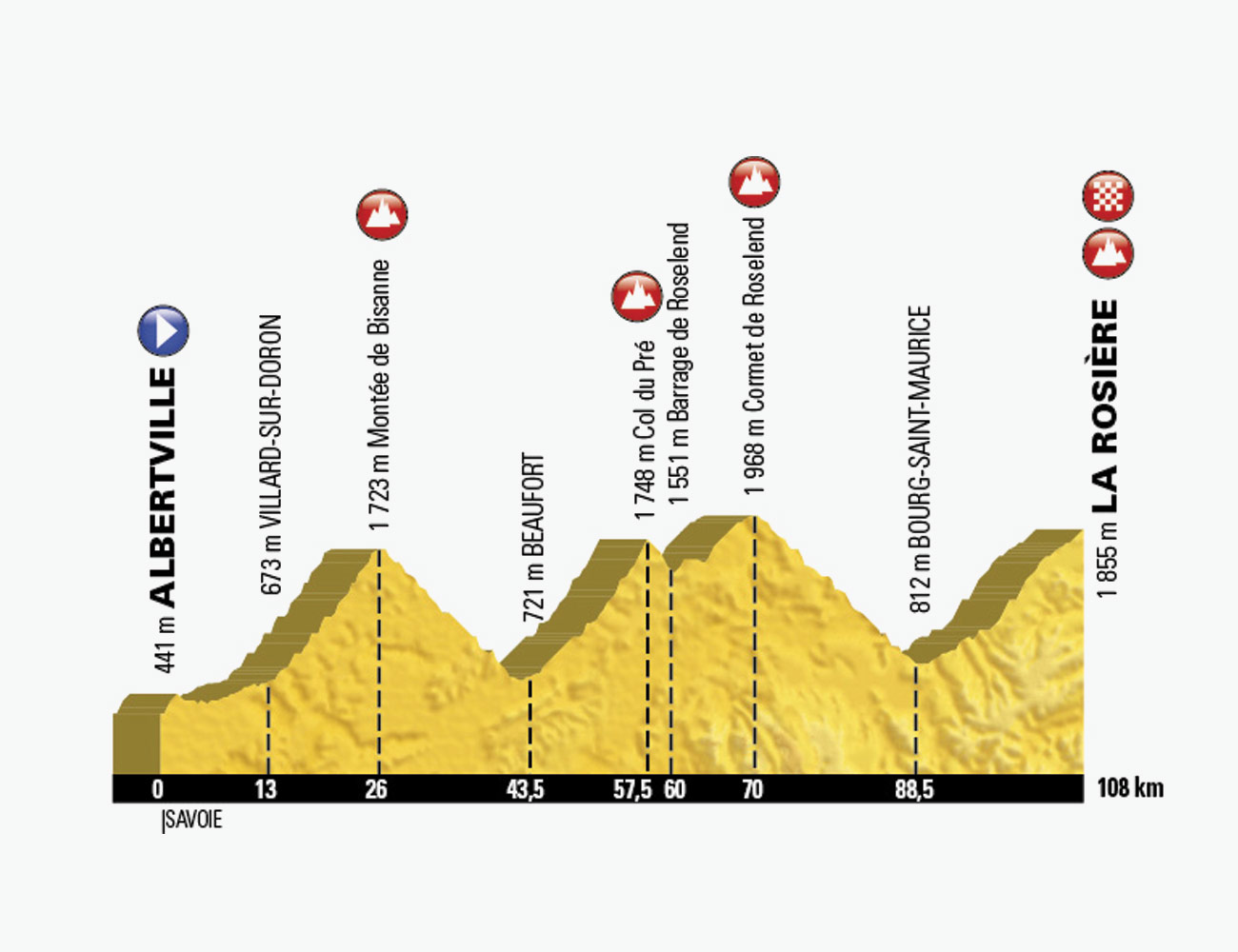
Stage 9 Arras Citadel to Roubaix: The cobbles of northern France can put an end to any contender’s hopes of winning the race. Look out for special bikes to soak up some of the vibrations and teams relying on classics specialists to shepherd their General Classification (GC) contenders through the pavé. The last 5 winners of Paris-Roubaix will be racing at the Tour, so look for them to battle it out for the win, or be yelled at to wait for their GC leaders.
Stage 11 Albertville to La Rosière: Low mileage, mega climbing and no flat valleys to recover — and it’s the first big climbing day. Expect the first summit finish of the tour to be a ripper as GC contenders finally get a chance to feel out their competition. A bad day here could cost a GC rider his chances at the podium.
Stage 17 Bagnères-de-Luchon to Saint–Lary-Soulan: This is the most innovative stage format in recent memory. The stage is just 65km in length and features a staggered start, much like an F1 race, with the leader starting in a sort of pole position. The rest of the riders will be spaced out along 70 meters of road according to GC position. Will the leaders wait for their teammates or take the opportunity to battle it out man to man?
How to Watch
The full broadcast schedule: Head over to NBCSN to watch all of the stages. In order to live stream the stages, you’ll need a NBC Sports Gold Cycling Pass which will run you $50.
Alternatively, you can also sign up for a seven-day free trial of FuboTV to catch a few of the stages.
The hacker method (also known as the Henry Phillips method):
1. Get a VPN
2. Get a Eurosport Player subscription
3. Watch it in HD with a far better commentary team


